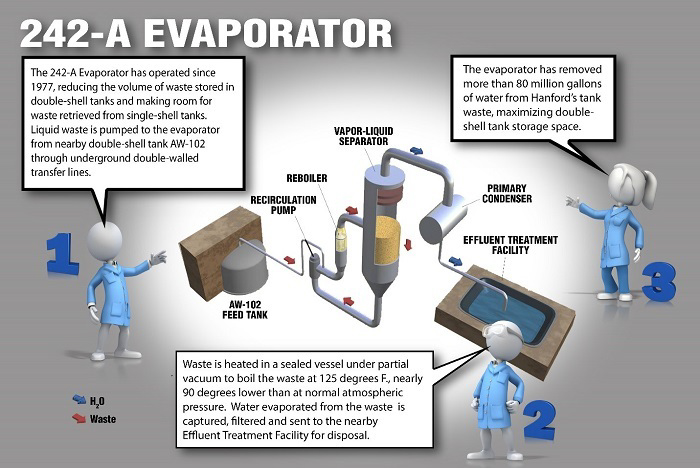B. John Garrick, pioneer in development and application of risk sciences, passes away
Garrick
B. John Garrick, ANS Fellow and member since 1956 and an international authority on quantitative risk assessment, died on November 1 due to complications from a fall. He was 90.
Garrick, a distinguished adjunct professor of materials science and engineering at the University of California at Los Angeles, established his trailblazing theory on risk sciences in his Ph.D. thesis, which contributed to building the foundation of probabilistic risk assessment. Also referred to as quantitative risk assessment, it offers a guide to corrective actions to eliminate threats and to best practices for managing low-probability, high-consequence events resulting from natural and man-made disasters.


 Wisconsin-based SHINE Medical Technologies announced on November 4 that its Therapeutics division has made its first commercial sales of lutetium-177 to multiple customers. Lu-177 is a therapeutic isotope in demand by clinical trial sponsors because of its potential to treat a range of cancers.
Wisconsin-based SHINE Medical Technologies announced on November 4 that its Therapeutics division has made its first commercial sales of lutetium-177 to multiple customers. Lu-177 is a therapeutic isotope in demand by clinical trial sponsors because of its potential to treat a range of cancers.





 The National Nuclear Security Administration has launched
The National Nuclear Security Administration has launched 




